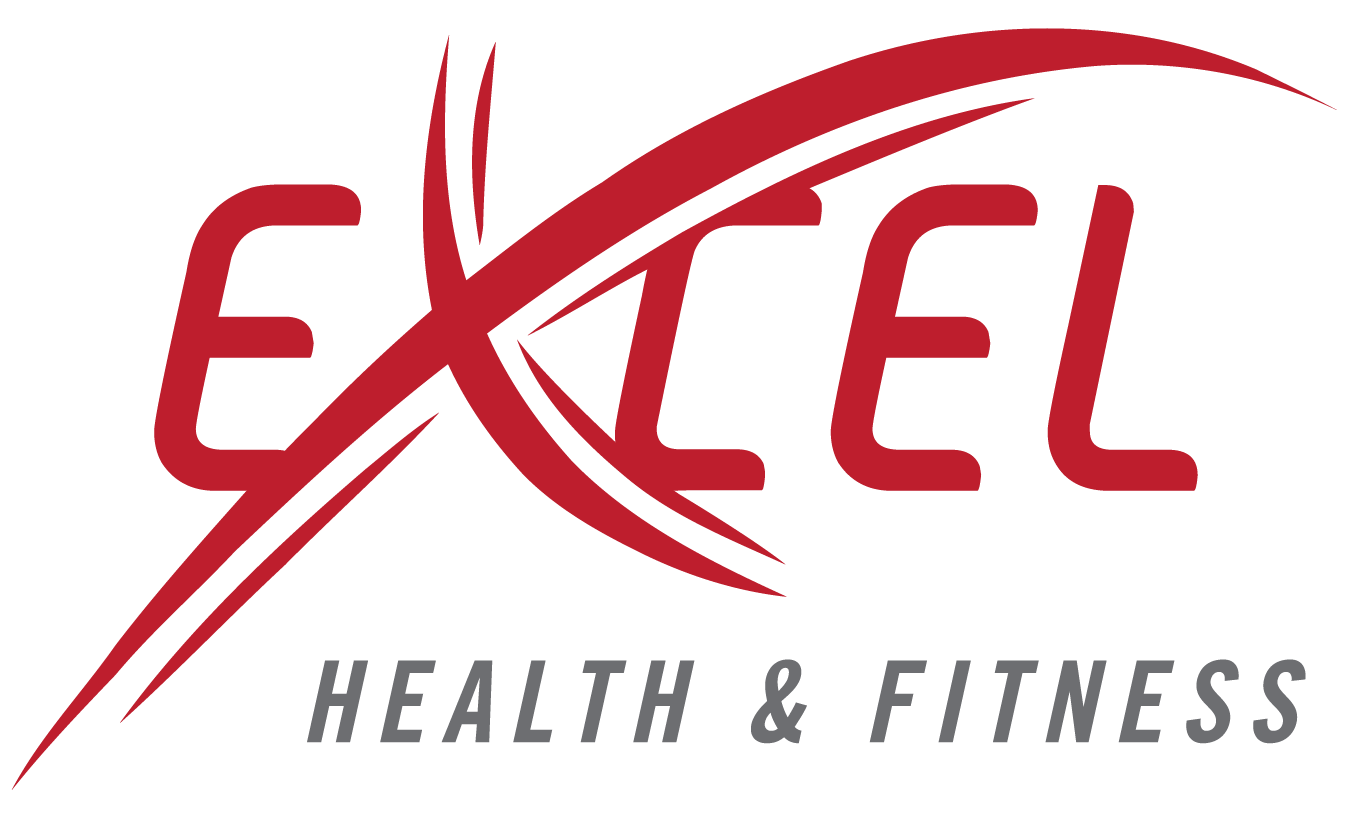Calipers Have Been Around Forever — But Are They Still the Best Option?
If you've ever had someone pinch your belly with metal tongs and tell you your body fat percentage, you've had a caliper test.
It’s old-school. It’s cheap. And it's still used in a lot of gyms.
But does it hold up against modern tools like the Fit3D body scanner?
At Excel Health & Fitness in Manteca, we retired calipers years ago for one simple reason — technology has made tracking body composition way better, faster, and more accurate for real people.
Let’s compare.
What Is Caliper Testing?
Calipers measure the thickness of skinfolds at specific points (like your stomach, thigh, and tricep). A coach then uses those numbers to estimate your overall body fat percentage using a formula.
Pros:
Affordable (sometimes free)
Quick
Doesn’t require equipment beyond the calipers
Cons:
Extremely dependent on the tester’s skill
Can be awkward or uncomfortable
Only measures select body parts, not your whole body
Not ideal for people with higher body fat or loose skin
What Is a Fit3D Scan?
Fit3D uses infrared cameras to capture a full 3D model of your body. It then calculates fat mass, lean mass, posture, symmetry, and other key data points.
Pros:
No physical contact or pinching
Highly consistent across scans
Tracks your entire body, not just a few pinch points
Gives visual results and long-term progress tracking
Cons:
You need to visit a gym that has the scanner
Slightly more expensive than a free caliper test
Fit3D vs Calipers: Key Differences
Comfort
Calipers: Manual pinching — sometimes uncomfortable
Fit3D: Stand still — no contact, no awkwardness
Consistency
Calipers: Changes based on who’s doing the test
Fit3D: Same machine, same settings, every time
Detail
Calipers: Measures 3–7 skinfold points
Fit3D: Measures over 400 data points
Objectivity
Calipers: Coach has to “eyeball” the pinches
Fit3D: Camera-based, objective, and recorded
Why Calipers Can Still Be Useful (Sometimes)
In the hands of a very experienced coach, calipers can be a decent low-cost option — especially in group fitness or sports settings.
But for everyday gym-goers, beginners, or anyone who wants reliable, repeatable data without discomfort, Fit3D is a smarter choice.
Our Members Prefer the No-Pinch Route
At Excel, we’ve had clients tell us:
“I hated getting pinched. It made me feel self-conscious.”
Fit3D changed that. It’s quick, private, and empowers you to track progress without judgment.
